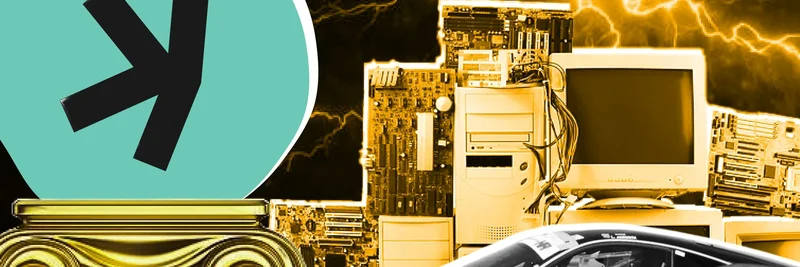Hey there, crypto enthusiasts! If you’ve been scrolling through X lately, you might have stumbled upon a buzzworthy post from BSCNews about Kaspa ($KAS), a blockchain that’s turning heads with its unique approach. Posted on August 7, 2025, the tweet dives into why Kaspa stands out in the crowded world of cryptocurrencies. Let’s break it down and explore what makes this project a game-changer, especially for those of us at Meme Insider who love keeping up with the latest blockchain innovations!
What’s the Hype About Kaspa?
The post highlights Kaspa’s blend of scalability and proof-of-work (PoW) as a Layer 1 blockchain—fancy terms, right? But don’t worry, I’ll keep it simple. Scalability means the network can handle a ton of transactions without slowing down, while PoW is the same tech that powers Bitcoin, where miners solve complex puzzles to secure the network. Kaspa’s twist? It uses a clever protocol called GHOSTDAG to process blocks in parallel, avoiding the usual bottlenecks that plague traditional blockchains.
The image in the tweet is a visual treat—think sleek race cars, glowing tech stacks, and a bold Kaspa logo. It’s a metaphor for speed and power, hinting at how Kaspa aims to race ahead of the competition.
How Does Kaspa Work Its Magic?
So, what’s under the hood? Kaspa’s secret sauce is its blockDAG architecture. Unlike regular blockchains that process one block at a time (leading to delays or “orphaned” blocks), Kaspa’s blockDAG lets multiple blocks coexist and link up. This means faster transaction confirmations—think seconds instead of minutes—while keeping that rock-solid PoW security. The tweet points to a detailed analysis on BSCN, where they dive into recent upgrades like the Crescendo Testnet, now hitting 10 blocks per second (BPS) and aiming for 100 BPS down the line.
This speed boost is a big deal. It puts Kaspa in the same league as fast PoS (proof-of-stake) networks like Solana, but with the decentralized trust of PoW. Plus, with 90% of its total supply already mined, Kaspa’s economic model is shifting toward transaction fees, making it sustainable for miners long-term.
Why Should You Care?
Kaspa’s not just tech geek talk—it’s got real-world perks. The KHeavyHash algorithm lets anyone with a standard GPU mine $KAS, not just those with pricey ASIC machines. This inclusivity builds a diverse community, from hobbyists to pros, which strengthens the network. And with smart contracts on the horizon for summer 2025, Kaspa could soon rival Ethereum for DeFi apps, all while dodging those pesky gas fees.
The X thread shows mixed reactions. Some users, like Ranofty, are hyped about the scalability, while others, like Ghostbanned7, raise concerns about centralization risks. It’s a healthy debate that shows Kaspa’s still evolving, but the core tech has solid backing from its community and developers.
Kaspa vs. the Rest
How does Kaspa stack up? Compared to Ethereum, it’s faster and fee-free out of the box. Against Solana, it matches speed with PoW’s proven security. Newer players like Sui or Aptos bring their own flair, but Kaspa’s blockDAG gives it an edge in efficiency and miner participation. It’s not just about DeFi—it’s about redefining how blockchains work at their core.
What’s Next for Kaspa?
With the mainnet eyeing a 10 BPS upgrade by April 2025 and smart contracts later this year, Kaspa’s roadmap is packed. The growing KRC-20 ecosystem hints at more utility, and major exchanges might soon list $KAS for trading. For meme token lovers and blockchain buffs alike, this is a project worth watching.
At Meme Insider, we’re excited to see how Kaspa’s tech could inspire the next wave of meme coins or blockchain innovations. Whether you’re a miner, investor, or just curious, Kaspa’s unique blend of speed, security, and community makes it a standout in 2025. What do you think—ready to jump on the Kaspa train? Drop your thoughts in the comments!



